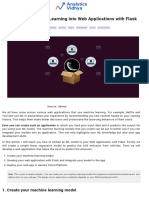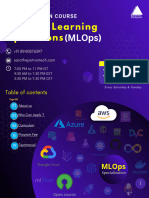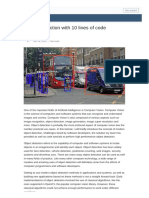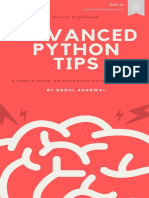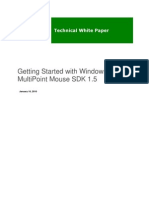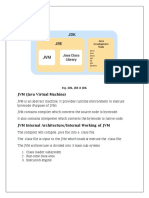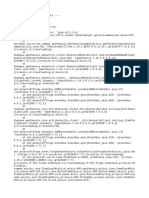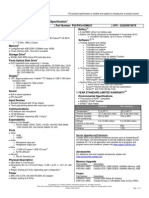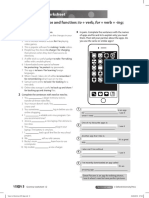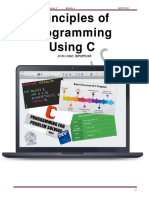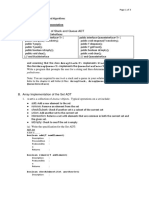0% found this document useful (0 votes)
19 views27 pagesWeek 9-Module 10 Build and Deploy ML Models
The document outlines the importance of deploying machine learning models for real-world applications, emphasizing accessibility, automation of predictions, and performance monitoring. It discusses various deployment options including cloud platforms, on-premise servers, and containerization with Docker, as well as challenges such as scalability and security. Additionally, it introduces Flask and FastAPI for building APIs, and provides guidance on deploying models using cloud services and best practices for project management.
Uploaded by
ebinezerm004Copyright
© © All Rights Reserved
We take content rights seriously. If you suspect this is your content, claim it here.
Available Formats
Download as PPTX, PDF, TXT or read online on Scribd
0% found this document useful (0 votes)
19 views27 pagesWeek 9-Module 10 Build and Deploy ML Models
The document outlines the importance of deploying machine learning models for real-world applications, emphasizing accessibility, automation of predictions, and performance monitoring. It discusses various deployment options including cloud platforms, on-premise servers, and containerization with Docker, as well as challenges such as scalability and security. Additionally, it introduces Flask and FastAPI for building APIs, and provides guidance on deploying models using cloud services and best practices for project management.
Uploaded by
ebinezerm004Copyright
© © All Rights Reserved
We take content rights seriously. If you suspect this is your content, claim it here.
Available Formats
Download as PPTX, PDF, TXT or read online on Scribd
/ 27
























